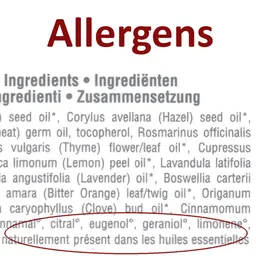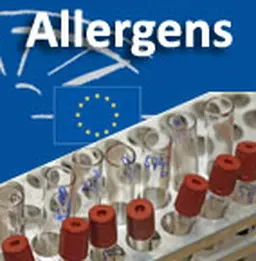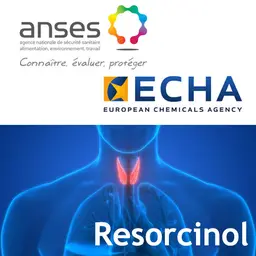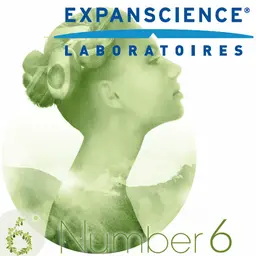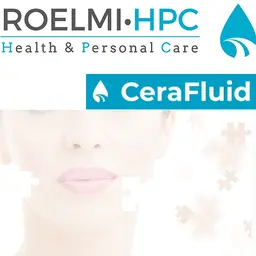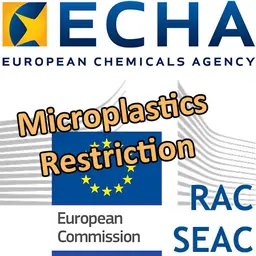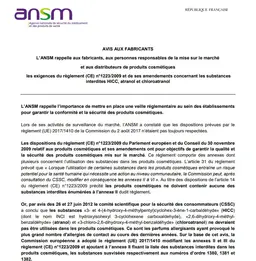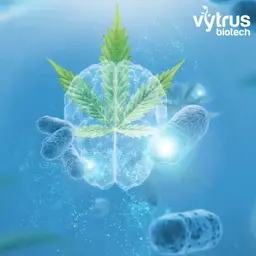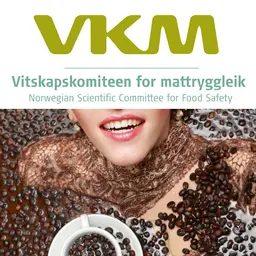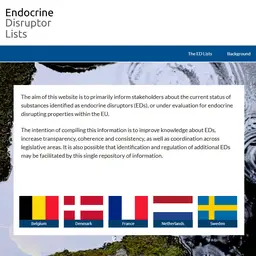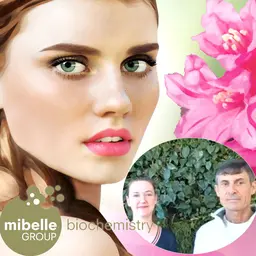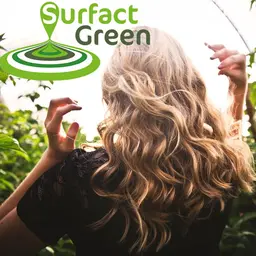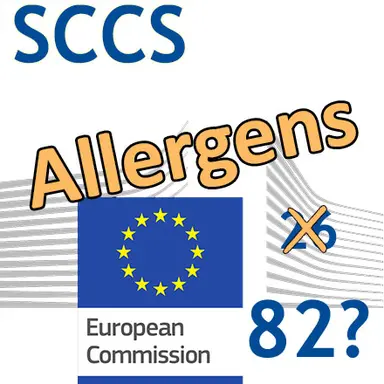
The list of 26 substances that shall be listed on a label, released in 1999, is, since a long time, the subject of a great deal of criticism: often considered as non-relevant, not accurate on the allergenic effect of cosmetic products, it is currently in an updating process. The recent SCCS opinion may widely change the regulation on allergenic substances in cosmetics.
Before releasing its Opinion , the SCCS has not only considered all the published scientific data, it has also asked the International Fragrance Association (IFRA) to supply it with related scientific data, even if not published.
Clinical and epidemiological studies, experiments, data on humans and animals have been checked. Data on the formation of new allergens due to oxidation or metabolic activation have been taken into account, as well as the conditions and the doses of exposure.
82 substances classified as proven allergens to humans
In the first section, the SCCS lists the proven allergens to humans. What is new when compared to the 26 list, it includes not only chemical substances, but also natural extracts and essential oils. All in all, 82 substances are recorded.
Each of them is rated as per its allergenic potential, determined as a function of the number of cases reported in publications. The most worrying substances get from +++ (between 100 and 1,000 published cases) to ++++ (more than 1,000 published cases.)
Many are already in the 26 list (then, marked with an asterisk):
• Cinnamal*: +++
• Cinnamyl alcohol*: +++
• Citral*: +++
• Coumarin*: +++
• Eugenol*: +++
• Farnesol*: ++ - …

